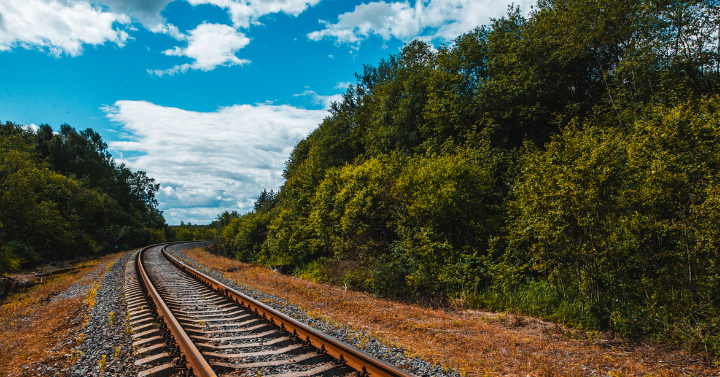The market for railway pesticides is relatively stagnant, reflecting the subdued dynamics of the rail industry. There are approximately 140,000 miles of railways in the United States, with only minimal new track miles added in the past decade. On the contrary, abandoned rail lines—due to businesses moving and the lack of use—partially offset these gains. Such closures underscore the challenges that the market for railway pesticides faces, as the demand for solutions to maintain vegetation along tracks wanes in tandem with the decline of these routes.
Nevertheless, despite this backdrop, vegetation management on railways has grown at a CAGR of almost 3% since 2019 and serves several vital purposes on railroad right-of-way (ROW), including:
- Maintenance of a safe working environment for employees
- Maintenance of the drainage of ballast and waterways
- Allowing for structure and track inspections
- Reduction in fire hazards
- Maintenance of visibility at grade crossings, signs, and signals
- Prevention of service interruptions of signal lines
- Allowing for the inspection of moving trains
- Reduction in the spread of noxious weeds
- Prevention of pests from developing resistance by herbicide rotation strategy, leading to more sustainable pest management practices
Recent train derailments in the United States are highlighting the importance of regular maintenance of rails and train cars, as well as vegetation management near railways. Toxic chemicals that were spilled in the East Palestine (Ohio) incident have created an environmental disaster with evacuations, fires, and concerns about leaching of the chemicals into the air and waterways. A controlled burn of the chemicals took place to prevent further explosions.
Railroad companies often follow specific guidelines and regulations set by federal, state, and local authorities when applying herbicides. These guidelines ensure the safe and responsible use of herbicides to minimize environmental impact and protect human health. The value in the cost and convenience of vegetation control is well-documented. With the advent of phenoxy herbicides, followed by soil residual products that were effective as pre-emergent treatments, herbicide applications have become even more critical as a railroad engineering tool.
Along with the herbicide application, market suppliers are also deploying real-time weed detection systems to spot-control unwanted vegetation in the flow of regular revenue traffic and cover much territory quickly.
Kline’s soon-to-be-published Industrial Vegetation Management Market for Pesticides USA report details important market segments such as invasive weed control, forestry, rangeland and pastureland, railroads, roadways, electric utilities and pipelines, and aquatic areas. It highlights the structure of the industry, control methods, critical issues, novel products, and much more. The report is further supported by an interactive database. To learn more, please contact us.

